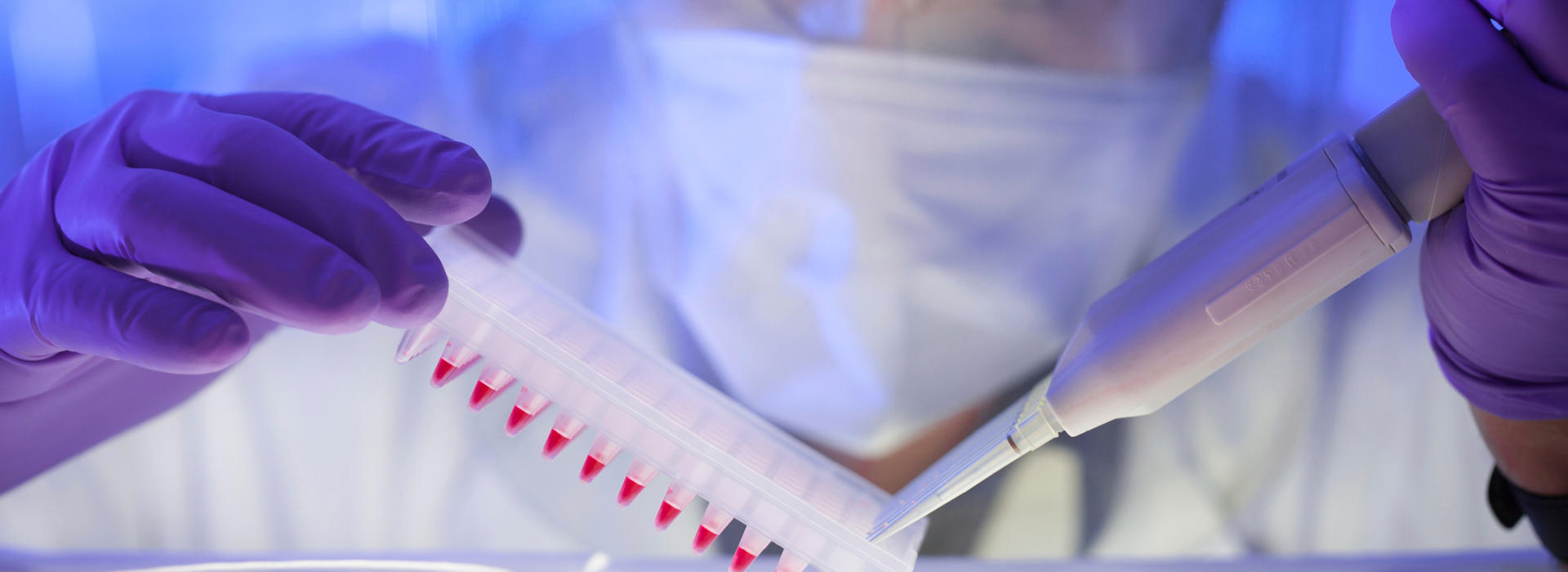
UMN Researchers Could Soon Use Nanotechnology to Fight Cancer
When University of Minnesota researchers discovered that self-assembling nanorings were highly stable, they realized they could have a much larger effect. Nanoring therapy works by binding the nanoscopic rings to T cells. These cells then attack and kill cancer cells.
The team hopes to receive approval from the US Food and Drug Administration (FDA) to begin human trials. “Everybody [on the team] has the same goal of contributing to improving patient outcomes,” Cliff Csizmar, a PhD candidate, told the MN Daily in an interview.